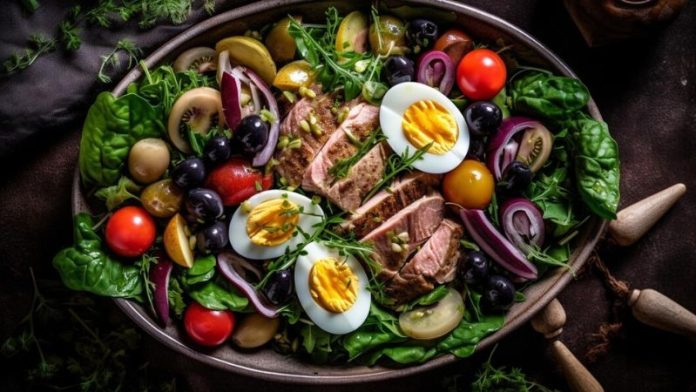
The ketogenic diet is a diet with low carbohydrate, adequate protein and high-fat content. Normally our body utilizes nutrients in the following order:
- Carbohydrates
- Proteins
- Fats
However, in a keto diet, fat is used to generate energy. Hence, easy to digest carbohydrates are cut.
What is Ketosis?
It is a state in which the body has low carbohydrates and uses fats for energy. Fats are converted to ketone bodies. Ketones further metabolized to produce energy.
How Traditional Diet Works?
Traditional diet has high carbohydrate content. When consumed, it raises blood glucose levels. As a result of this, the pancreas produces insulin. Consequently, glucose moves into the cells, and energy is generated.
How a Ketogenic Diet Works?
On the other hand, while on a keto diet, glucose is not available for energy production. Therefore, the body starts breaking down fats. Emulsification of fats takes place in the small intestine under the influence of the lipase enzyme. Hence, triglycerides are produced.
The liver then takes up these triglycerides. Consequently, the liver generates ketone bodies from triglycerides. These ketone bodies produce energy.
What are the Various Types of Ketogenic Diets?
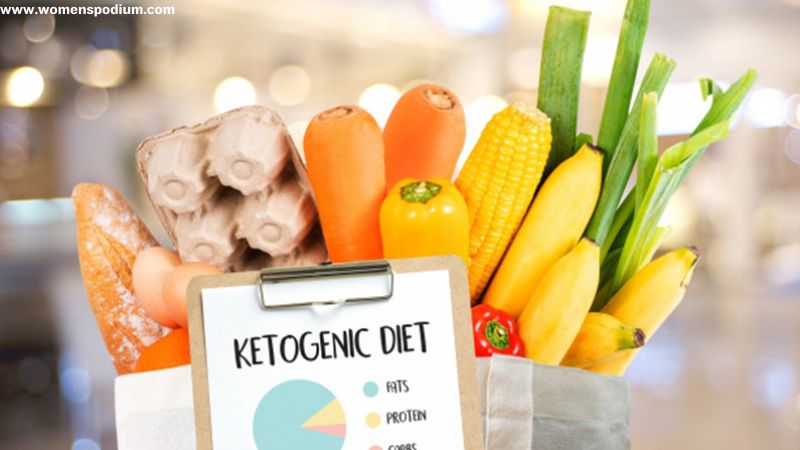
There are certain types of the ketogenic diet. However, all of those revolve around low carbs and high-fat content. You can choose whatever you find best for you. However, we recommend that you must consult your doctor before starting any of the plans.
Let’s Check out Different Ketogenic Diet Plans
1. Standard Ketogenic Diet
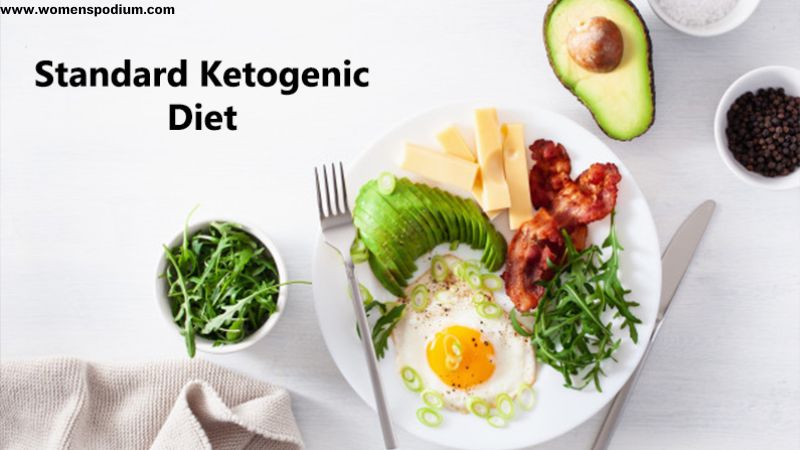
This is a perfect plan for beginners. It is suitable for those who want to lose some extra pounds or want some general wellbeing. Moreover, it can be conducive to those who wish to control type 2 diabetes or some other metabolic disorder.
Furthermore, it is good for those who exercise less or have a sedentary lifestyle.
A standard ketogenic diet focuses on the following:
- Low carbohydrate intake. It should be less than 10% of the total daily requirement.
- Taking around 20-35% of total calories in protein.
- Lastly, consuming around 70-75% of calories as fats.
2. Targeted Ketogenic Diet
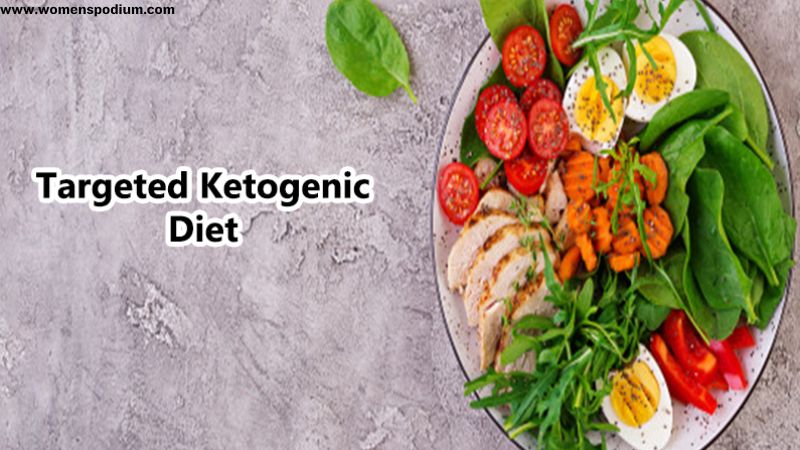
This type of ketogenic diet is for those who are not new to a ketogenic diet. Moreover, it is the right choice for those who exercise often.
Athletes usually choose this type of ketogenic diet, because it helps them boost up their energy levels. Consequently, it helps them build their stamina for their exercise needs.
Carry out Targeted Ketogenic Diet as below:
- Consume quick-acting carbohydrates around 15 minutes before exercise.
- You can take any form of refined carbohydrates like sugary sports drinks, candies, gummy bears or anything you like to.
- Never consume fruit carbs because that is mainly fructose. Fructose metabolism takes place in the liver. Hence urgent demand for energy of muscles would not be fulfilled.
- Refined carbohydrates should always be taken before exercise.
- The refined carbs will provide enough energy for physical activity. Moreover, no surplus glucose will be stored in the body.
- Follow the standard keto diet for the rest of your dietary requirements.
3. Cyclic Ketogenic Diet
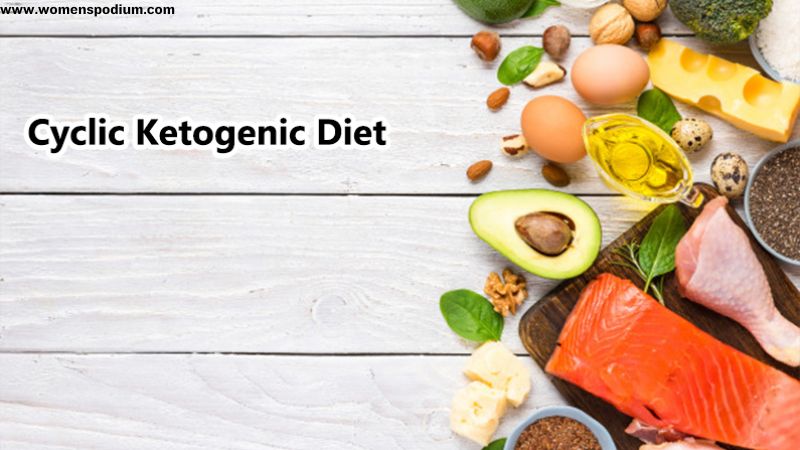
It is a step ahead of the targeted keto diet as it requires more judicious planning. Moreover, it is adopted by those who have gone through the targeted keto diet.
The cyclic keto diet works as below:
- Consume standard ketogenic diet for 5-6 days of a week.
- For the rest of 1-2 days, consume high carbs, low fat and moderate protein diet.
- Make sure to engulf carbohydrates from healthy sources with low glycaemic index—for example, sweet potatoes, brown rice, vegetables, etc.
- During your cyclic ketogenic diet days, carbohydrates should be 60-70% of your diet.
- Fats should be below 15% of the total food portion.
- However, proteins will stay at the same spot as per your ketogenic diet days.
The aim of consuming high carbs is to fuel muscle glycogen levels. Furthermore, healthy carbohydrates regulate certain hormones to keep the body functions at their best.
4. High Protein Ketogenic Diet
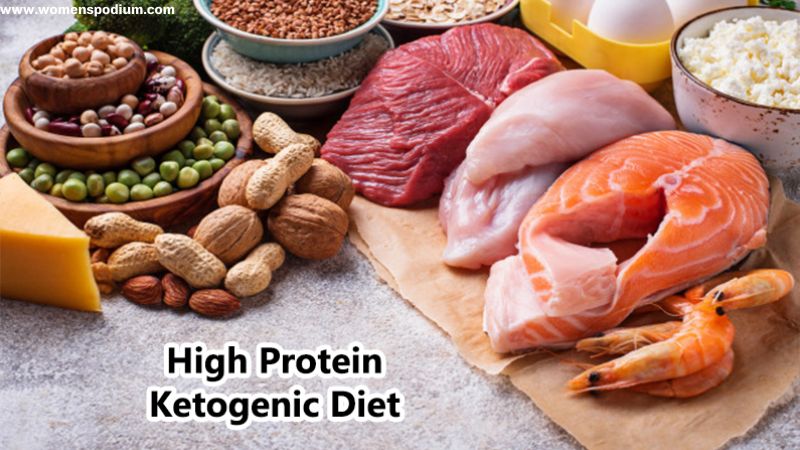
This form of the keto diet is less popular. It focuses on high protein and low-fat consumption. Consequently, the body uses the stored fat for energy requirements. Therefore, it helps in losing weight.
Moreover, due to high protein content, muscle mass is increased.
A high-protein keto diet is very simple:
- Consume 1.5g of proteins per pound of your lean body mass.
- Carbohydrate content should be less than 15%.
- The rest of your diet should contain fats.
What are the Benefits of a Ketogenic Diet?
The Ketogenic diet harbours the following benefits:
1. Weight loss

It takes more energy to metabolize fat. Moreover, taking low carbohydrates maintains blood sugar levels. Consequently, there is less hunger and thus less need to snack. This is why a ketogenic diet helps lose weight. It is a common belief that it helps to lose more weight in the first six months compared to other diet plans.
2. Protection Against Cancers
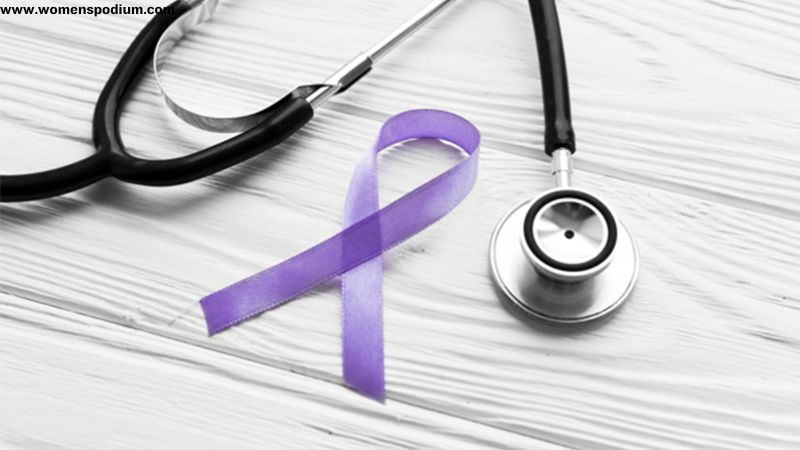
Insulin is a hormone produced in response to increased glucose levels in the blood. On a ketogenic diet, there is low glucose consumption. Consequently, the body needs to produce less insulin. There is less storage of insulin in the body and less growth of cells. This phenomenon protects against certain types of cancers.
3. Ketogenic Diet Prevents Heart Diseases

Keto diet reduces the levels of bad cholesterol. However, it increases the levels of good cholesterol. Moreover, low insulin levels are related to less cholesterol production in the body. Consequently, there are fewer chances to develop hypertension, hardening of arteries, heart attack and other heart diseases.
4. Fewer Acne Breakouts

Carbohydrates are the main culprit in acne breakouts. Therefore, cutting carbs reduces acne.
5. Fighting Certain Brain Disorders

Certain parts of our brain require glucose for their energy requirements. However, most of the areas in our brains can generate energy from ketone bodies. When on a keto diet, our body starves carbohydrates and uses fats as a fuel. As a result of this, ketone bodies are produced.
This is the phenomenon behind treating epilepsy and certain other brain disorders with a keto diet. Ketogenic diet controls seizures and, hence, treat epilepsy.
10 Foods to Consume on a Ketogenic Diet
If you are on a keto diet, you can select any of the following foods according to your choice.
1. Fish and Other Seafood
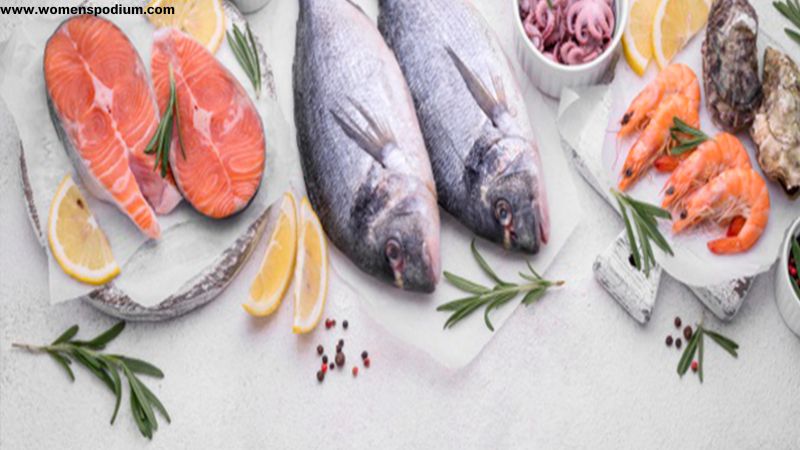
These are very keto-friendly. Salmon and other fish are rich in vitamin B and potassium. However, these are carbs-free, making them ideal to be consumed as a keto diet.
Salmon, sardines and other fatty fish are rich in omega-3 fatty acids. Therefore, these help lowering insulin levels. Moreover, these are very beneficial for a healthy cardiovascular system.
2. Vegetables with Low Carbohydrate Content

Vegetables that do not contain starch are rich in certain nutrients like vitamin C and minerals.
These are rich in fiber and help regulate hunger by keeping the stomach full. Vegetables are also rich in antioxidants and detoxify the body. You can consume the following low carb vegetables while on a keto diet:
- Broccoli
- Kale
- Eggplant
- Asparagus
- Green beans
- Lettuce
- Olives
- Spinach
- Zucchini
- Cauliflower
3. Cheese
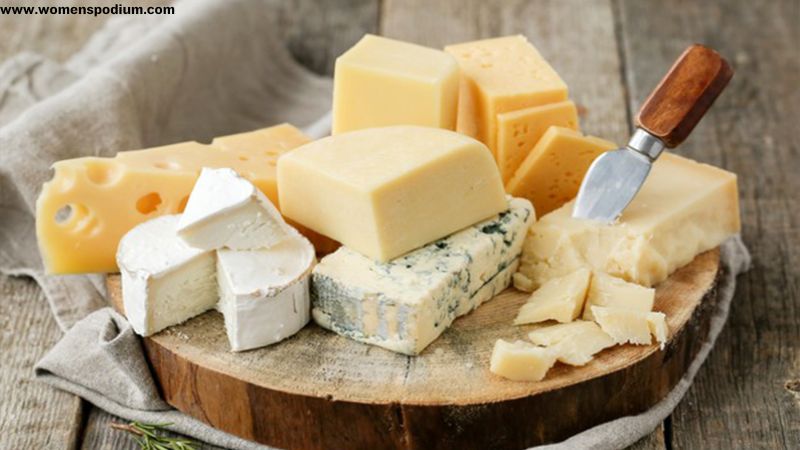
There are several types of cheese. The good news is, many of these contain low carbs and high fat.
Although cheese contains a high amount of saturated fats, it doesn’t increase the risk of developing cardiac diseases. Instead, it is proved to decrease the incidence of cardiovascular diseases.
Moreover, it hinders the loss of muscle mass.
Following are some types of cheese you can have in your meal plan:
- Cheddar cheese
- Swiss cheese
- Mozzarella
- Cottage cheese
- Romano
- Parmesan
- Blue cheese
- Cream cheese
4. Avocados
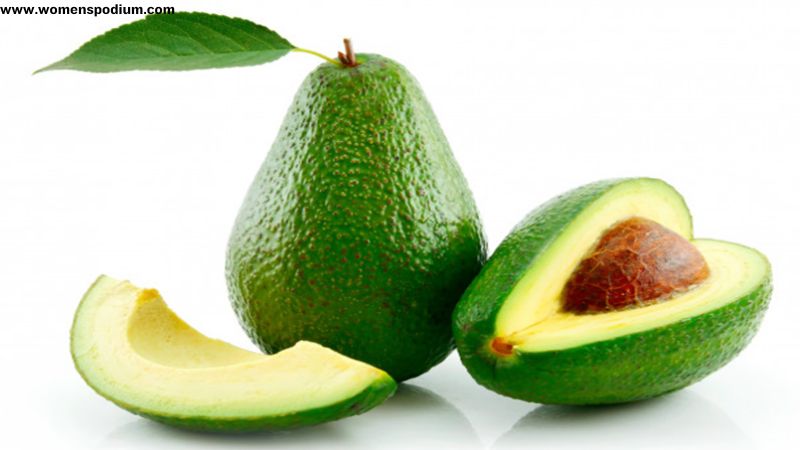
Avocados are low in carbs content. Moreover, these contain various vitamins as well as potassium. This makes them ideal for consumption on keto. Furthermore, these improve cholesterol as well as triglyceride levels.
5. Eggs

One egg contains 6 grams of protein and one gram of carbohydrates. Moreover, egg yolk contains many minerals, vitamin D, and antioxidants. Also, they possess hormones that provide a sense of fullness.
So, eggs are not only an ideal food for keto but also are good for general health.
6. Plain Greek Yogurt
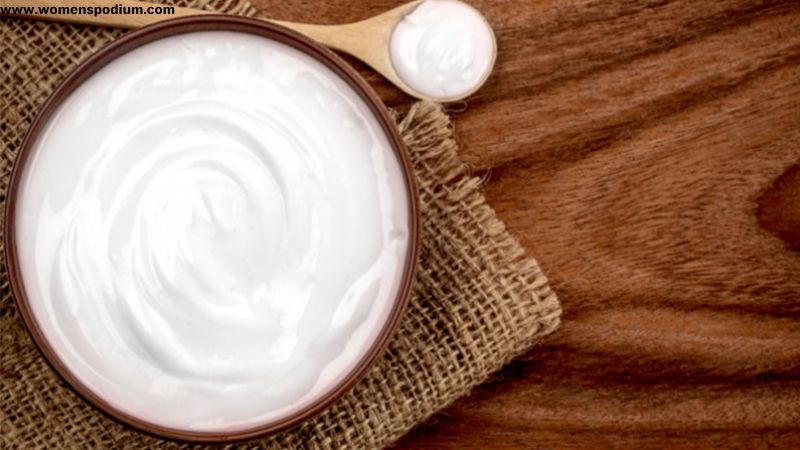
Half a cup of Plain Greek yogurt contains 4 grams of carbs and 9 grams of protein. The low carb and high protein content make it a ketogenic food.
Moreover, it provides a feeling of satiety and reduces appetite.
7. Coconut Oil
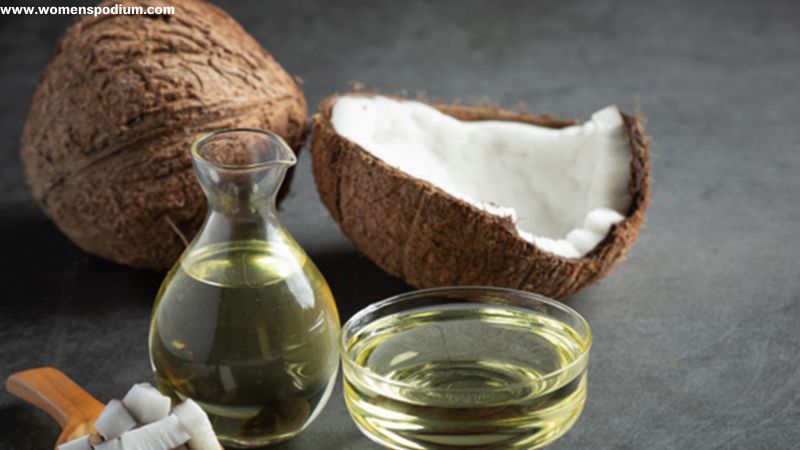
It contains medium-chain triglycerides and lauric acid. These provide a sustained supply of ketones.
Medium-chain triglycerides directly reach the liver and are converted to ketone bodies. Coconut oil is used to enhance ketone body levels in patients with Alzheimer’s disease and some other brain disorders.
8. Olive Oil

Olive oil is high in monounsaturated fatty acid, which is very beneficial for the heart. It also contains antioxidants and helps reduce inflammation. Moreover, it detoxifies the body. Furthermore, it contains no carbs at all.
These qualities make it good for health generally as well as a fit for a keto diet.
9. Dry Fruits
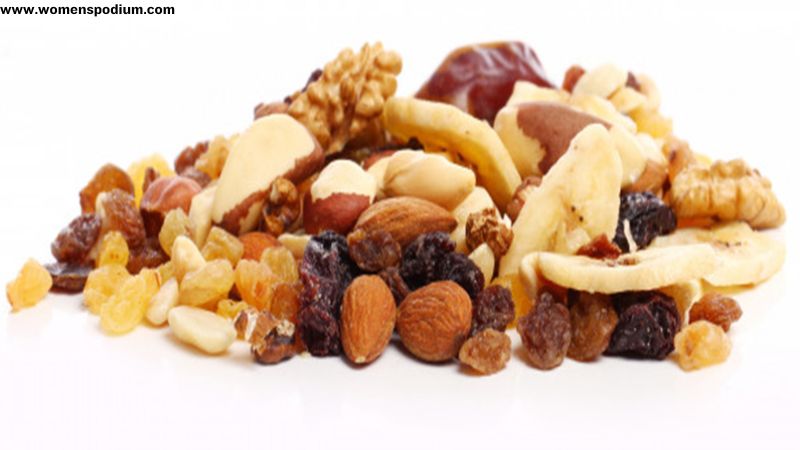
Nuts and seeds are high in fats and low in carbohydrates. Hence, they promote ketosis. Moreover, these contain fiber as well. Fiber reduces appetite. These features make them ideal for keto diet and weight loss.
10. Poultry and Meat
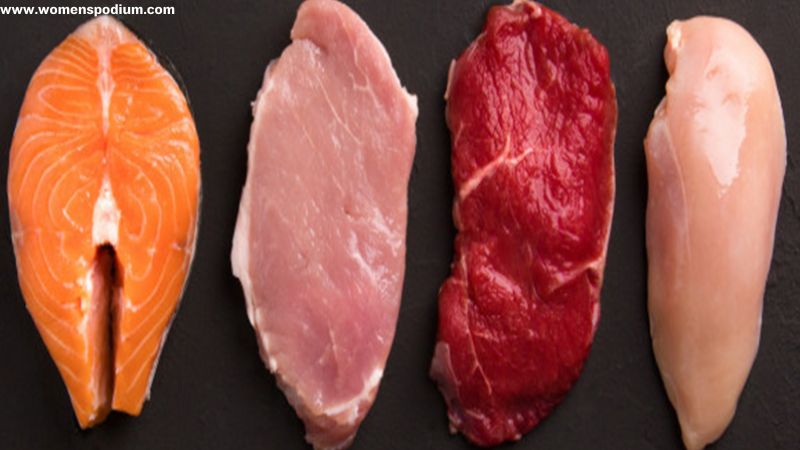
Meat and poultry are rich in vitamin B, minerals, and high-quality protein. Moreover, they lack carbohydrates. They build up muscle mass.
Also Read: You ought to try some of the best diet plans for women of middle-age if you want to live a healthy life.





